The Do’s and Don’ts of Combining Skin Care Products
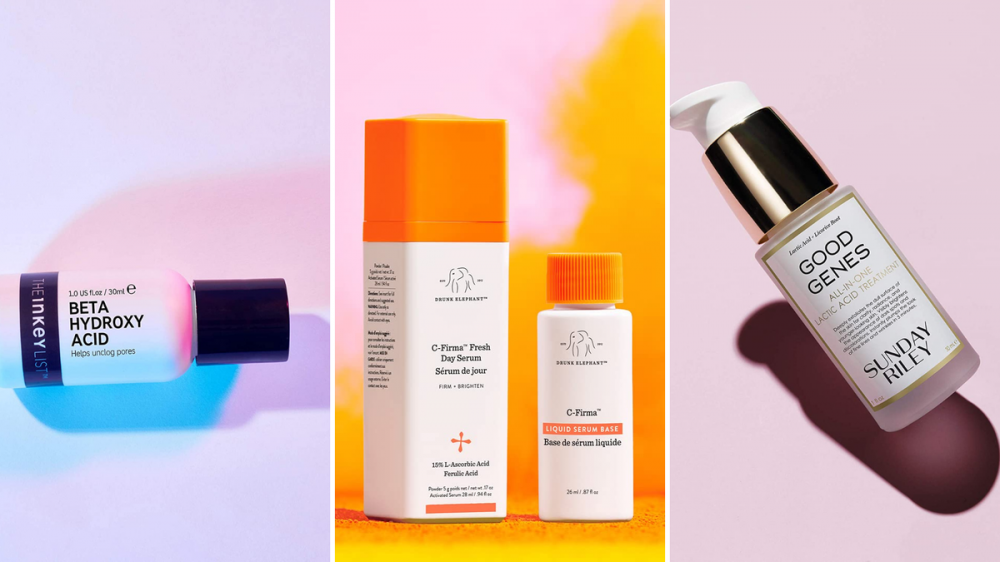
To say there are a lot of skin care products on the market would be quite an understatement. If you’re planning to try some new products this year, there’s actually a lot to navigate. This is because some combinations of ingredients could be bad for your skin, while others could boost the benefits.
We decided to talk to Dr. Hadley King, dermatologist, and Taylor Worden, aesthetician and founder of Taylor Worden Skin, about some of the most common active ingredients in skin care products. They gave us the lowdown on which of these you should and shouldn’t mix.
Vitamin C
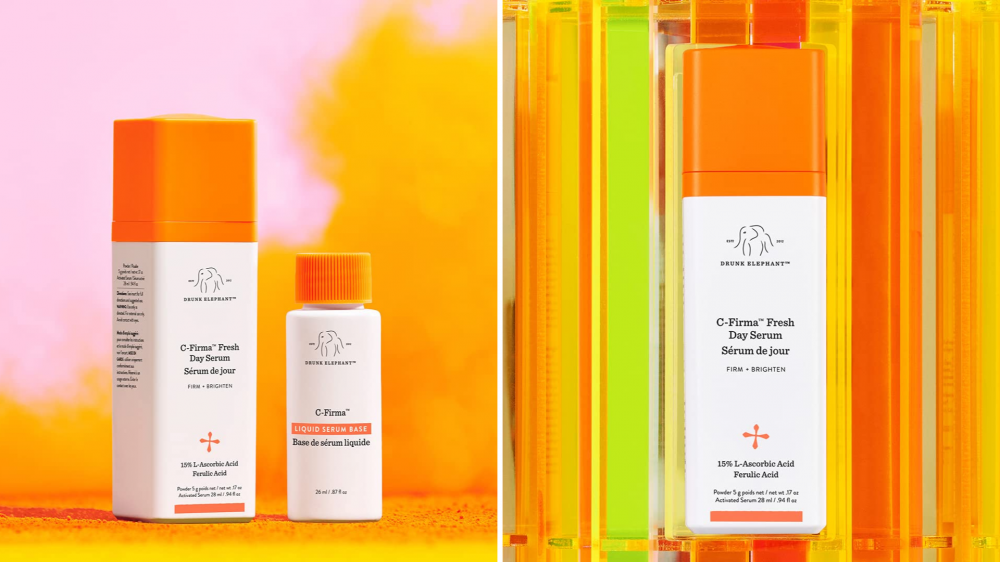
Vitamin C is one of the most common ingredients in skin care products and, given its myriad benefits, it’s easy to see why. It’s an antioxidant that also helps fight free radical damage caused by pollution. It can also brighten your skin tone, combat dark spots, counteract any UV damage, and even trigger collagen and elastin production.
However, if you want to work this miracle product into your routine, there are some things you shouldn’t use with it.
Worden said mixing vitamin C and chemical exfoliators, like alpha- or beta-hydroxy acids (ingredients we’ll cover in a bit), is a no-no. Not only can mixing the two cause irritation, but it can even destabilize your vitamin C, making it ineffective. Instead, apply your Vitamin C in the morning and any exfoliating acids at night.
As for combinations that you should try, both King and Worden both recommended using vitamin C with sunscreen at all times. When paired, they can increase your protection from UV light. King also said pairing vitamin C with other antioxidants, like vitamin E and ferulic acids, can help it remain stable.
So, when it comes to vitamin C:
- Do pair it with:
- SPF
- Antioxidants
- Don’t pair it with:
- Alpha-hydroxy acids
- Beta-hydroxy acids
Alpha-Hydroxy Acids
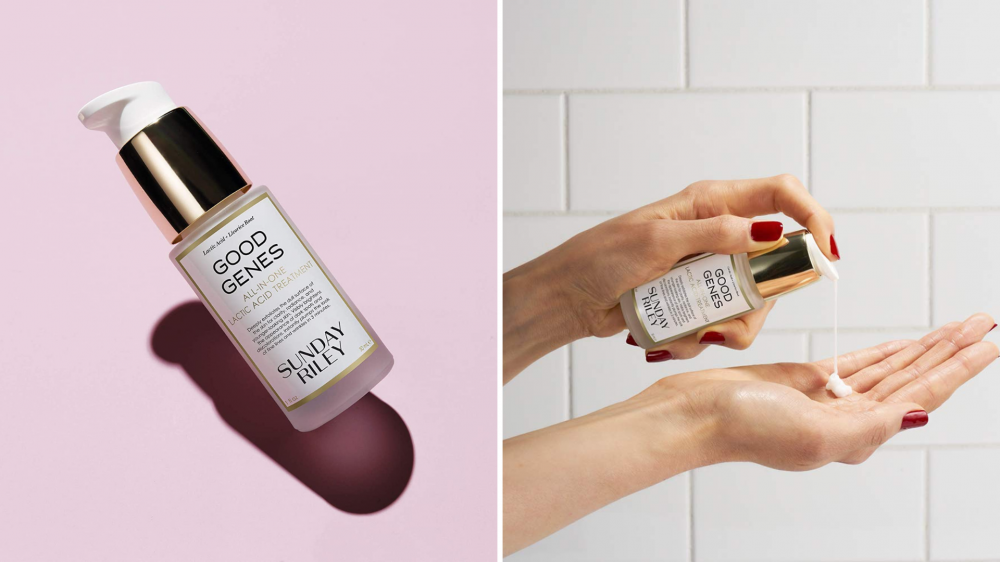
Most likely, you’re already acquainted with manual exfoliation (remember all those scrubs that were popular in the 1990s and 2000s?). However, the new and improved way to slough off dead skin cells is via chemical exfoliation, using products that contain alpha hydroxy acids
There are three main types of alpha-hydroxy acids: glycolic, lactic, and mandelic. Each of these has a different molecular weight, with glycolic being the smallest, and therefore, best to penetrate deeply into your skin. Mandelic is the largest, which also makes it the gentlest.
All three help remove dead skin cells, as well as brighten, smooth, and even your skin tone. So, when it comes to constructing your skin care routine, what will work with this wonder product?
It’s generally recommended that you use most alpha hydroxy acids at night because they can cause sun sensitivity. Likewise, you should also pair this ingredient with sunscreen if you do use it during the day.
For your nighttime routine, Worden recommends pairing AHAs with hydrating serums that contain hyaluronic acid. The AHAs will exfoliate, while the hyaluronic acid will rehydrate, thanks to its humectant properties which draw water into your skin.
Due to their exfoliating qualities, though, Worden said you should avoid using retinol in the same routine. The combination could result in irritation, redness, peeling, and dryness. If you want to use retinol, do so on a different night than your AHA treatments.
When it comes to alpha-hydroxy acids, keep the following directives in mind:
- Do pair them with:
- SPF
- Hyaluronic acid
- Niacinamide
- Don’t pair them with:
- Retinol
Beta-Hydroxy Acids
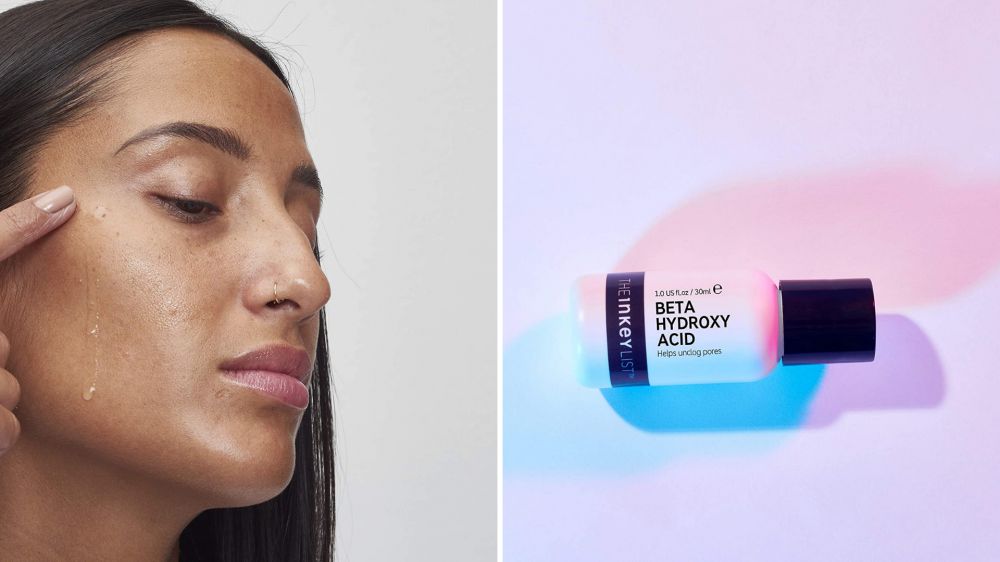
Now that we’ve covered alpha-hydroxy acids, it’s time to move on to their cousin, beta-hydroxy acids. They have just one form: salicylic acid. If you have acne or oily skin, there’s a good chance you’re already well acquainted with this ingredient, as it’s often used to combat blemishes, blackheads, and oil.
While it’s effective on its own, Worden recommends combining this acid with niacinamide. This combination can balance oil production, soothe inflammation, and further improve any acne issues. Like AHAs, though, you should avoid mixing beta-hydroxy acids with retinol.
King recommended using occlusives and emollients with beta-hydroxy acids to help hydrate and seal in moisture.
So, just to recap, here’s the skinny on beta-hydroxy acids:
- Do pair them with:
- SPF
- Niacinamide
- Occlusives
- Don’t pair them with:
- Retinol
Retinol
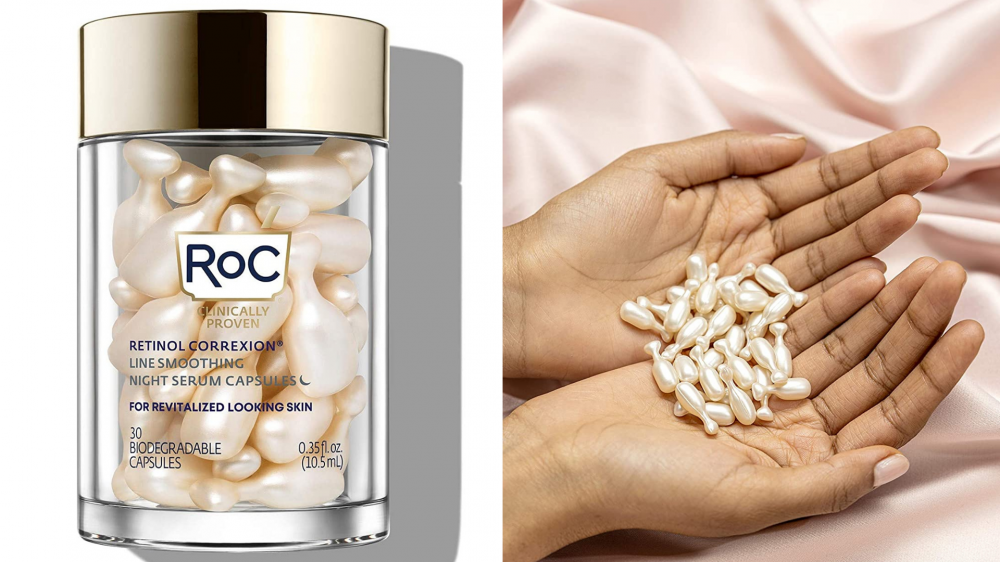
When it comes to ingredients that can sensitize skin, retinol has the worst reputation. True, it’s often cited as a sure-fire (and scientifically backed) method to help diminish and prevent fine lines and wrinkles, reduce hyperpigmentation, and fight acne.
However, it can also cause redness, inflammation, and peeling. That’s why it’s important to incorporate it into your routine slowly. It’ll also help you out immensely to know which ingredients can worsen or soothe its side effects.
First, retinol should always be used at night, and sunscreen should always be applied the morning after you use it. As we mentioned previously, you shouldn’t combine alpha- and beta hydroxy acids due to potential irritation, but King informed us they can deactivate retinol when used together, as well.
Instead, King and Worden both advised adding hydrating ingredients to combat any ensuing dryness. Hyaluronic acid serums, and occlusive and emollient creams, are great bets for helping plump and moisturize the skin. Niacinamide can also be especially useful, as it helps promote the creation of ceramides, which will protect the skin barrier and prevent water loss.
Here’s your cheat sheet if you plan to use retinol:
- Do pair it with:
- SPF
- Hyaluronic Acid
- Niacinamide
- Don’t pair it with:
- AHAs
- BHAs
If you plan to incorporate some new skin care products into your routine, these handy do’s and don’ts will help you avoid mixing the wrong ingredients together. Happy exfoliating!


